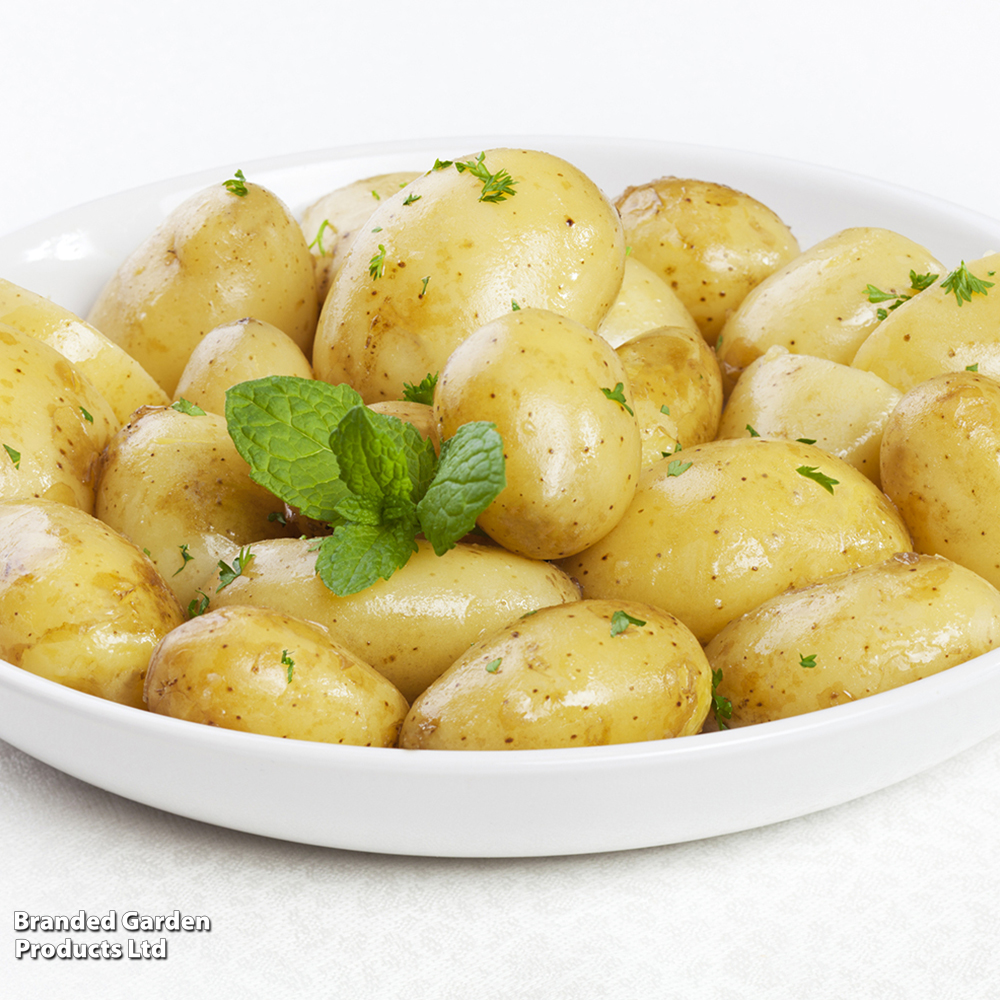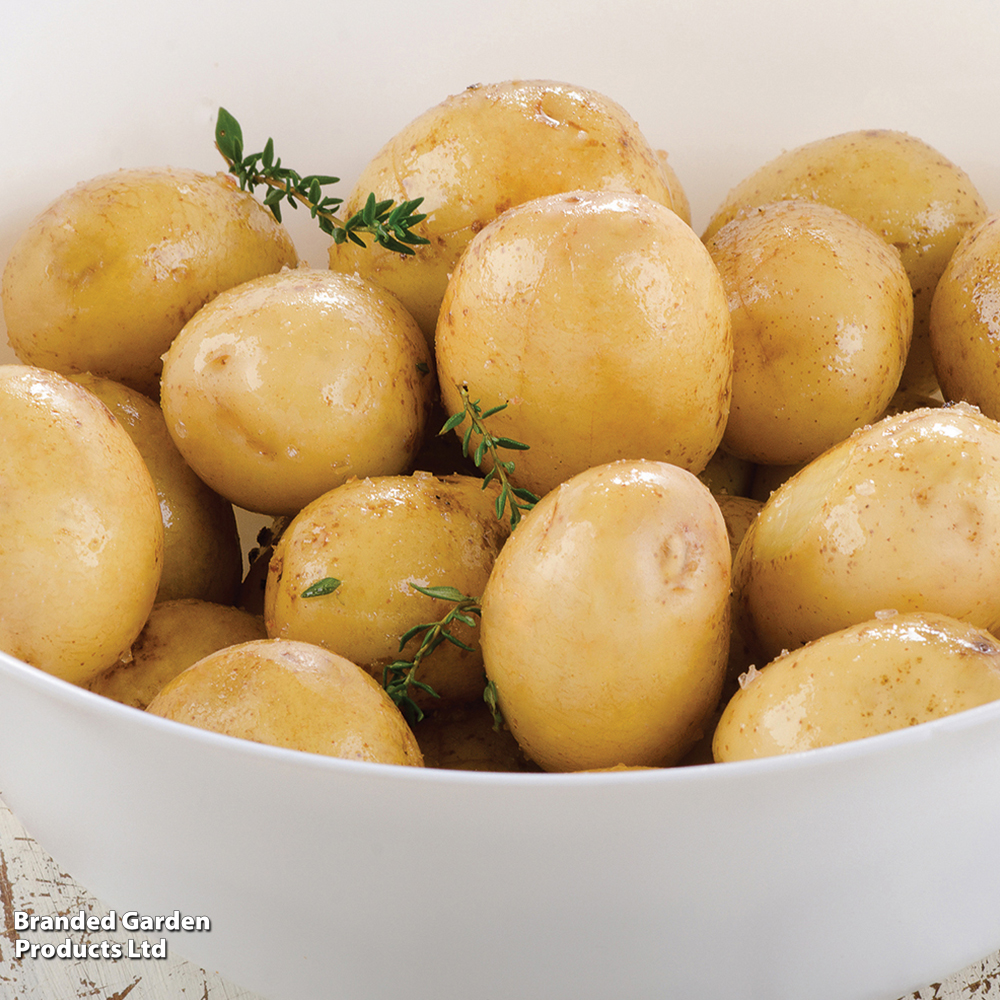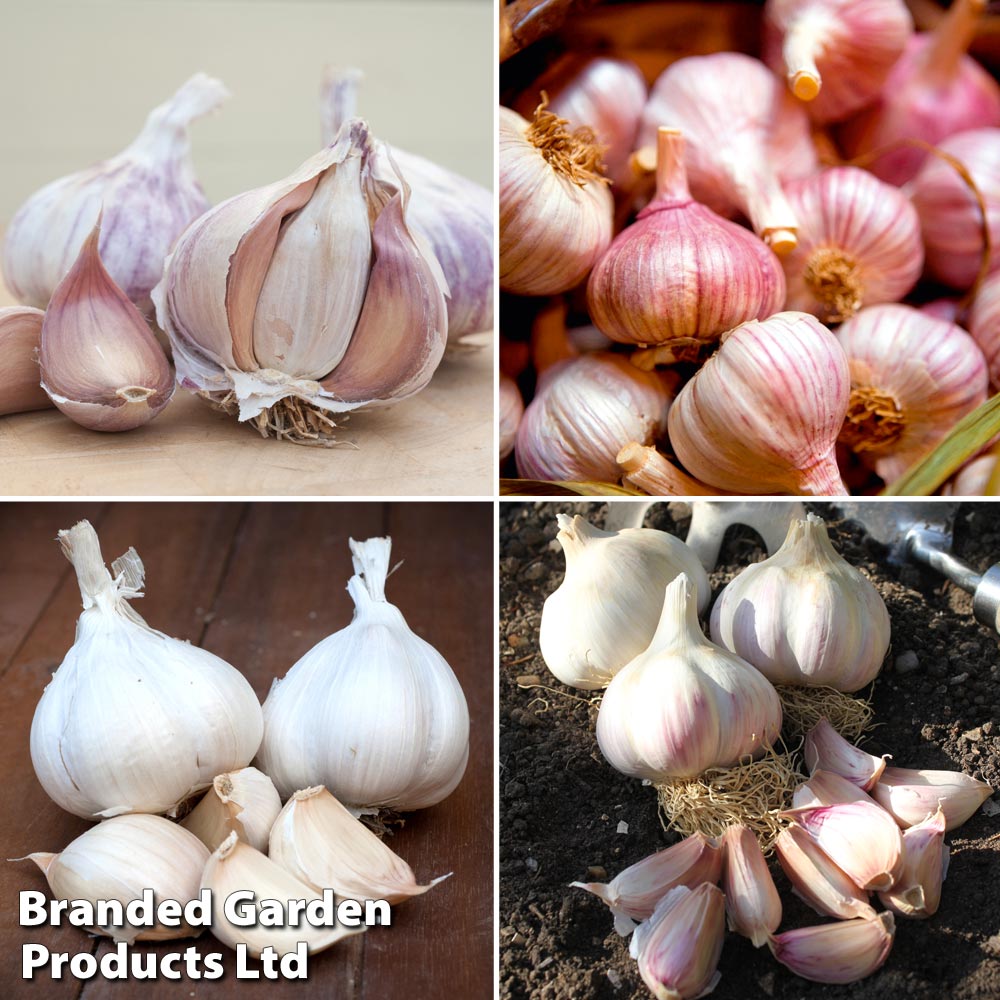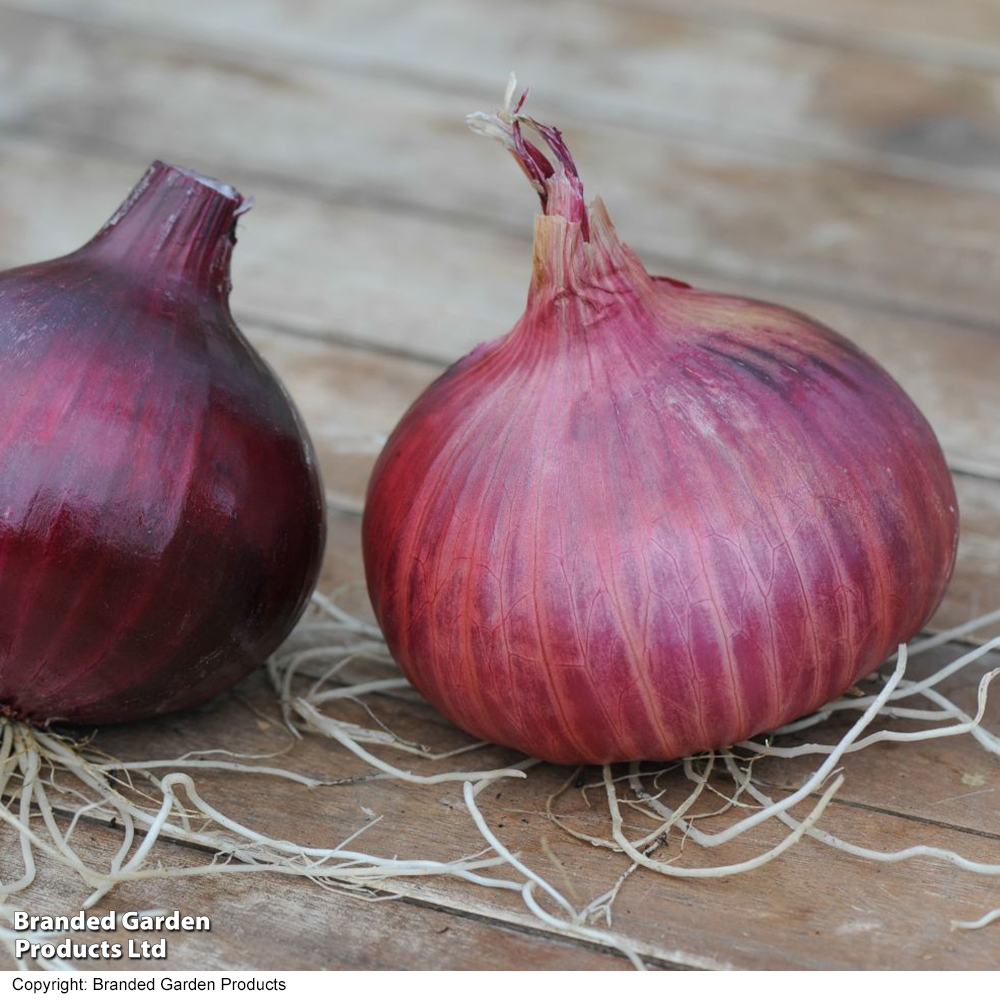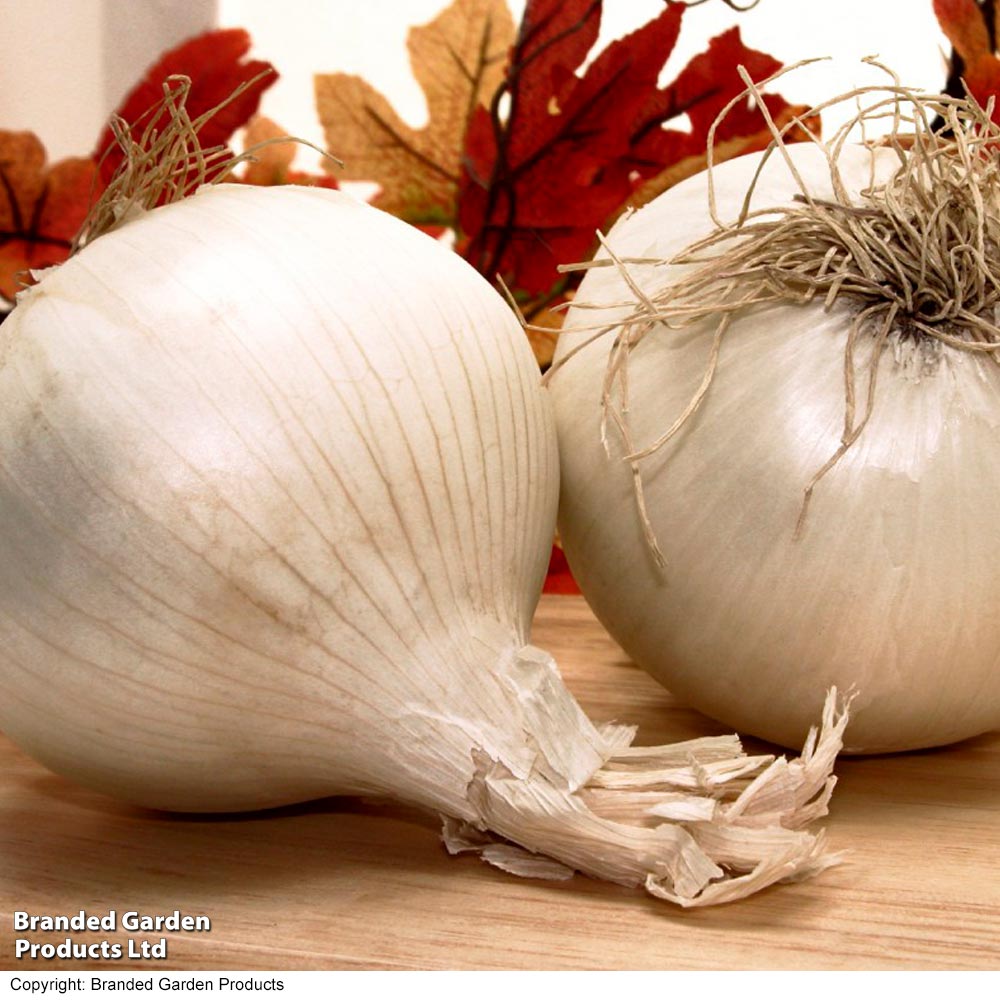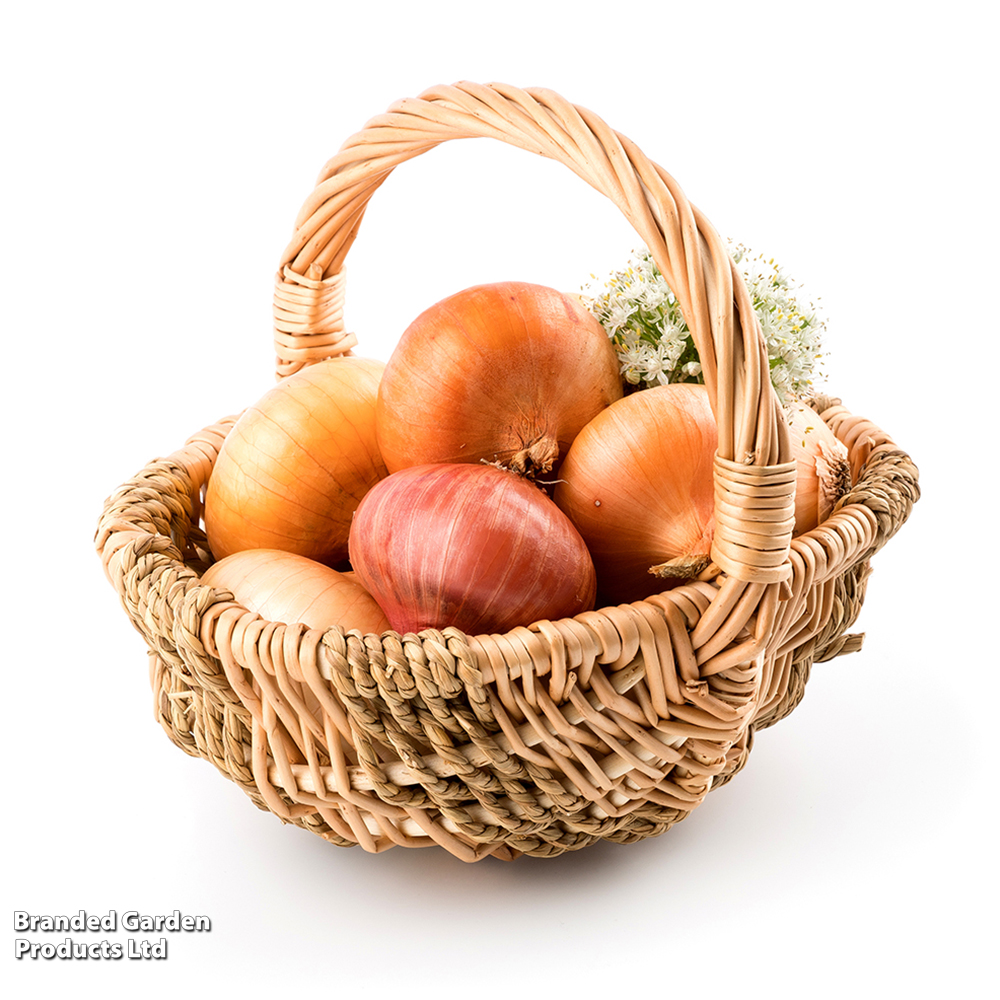A reliable and well known favourite yielding mellow-tasting round white tubers. Eat them warm or save and use in salads as they will not discolour after cooking. Resistant to scab which can be a problem in dry, late summer soils.
All potatoes supplied are certified virus free, and come with full growing instructions. Each 1kg pack should, on average depending on variety, contain 10-15 tubers.
Late season (second crop) potatoes are grown from tubers which have been stored at a precise low temperature to keep them dormant until they are sent to you from June to late July. Plant them straight away (no need to ‘chit’ first) and they will grow away rapidly in the warm summer soil. Your first potatoes can be dug from late October, but remember to leave some in the ground undisturbed, so you can enjoy the mouth-watering, just harvested, ‘new potato’ taste on Christmas Day!
We secure the earliest, freshest lifted tubers to start our potato despatches in December, ensuring the best quality stock for our customers. We recommend storing in a cool, dark place until ready to chit.
Growing Information
Second cropping potatoes do not require ‘chitting’ and should be planted as soon as they are received. When planting late potatoes in bags, fill an 8 litre potato bag to just below the top of the bag with good quality compost mixed with some well rotted manure. Carefully plunge a single potato tuber into the compost with the shoots pointing upwards at a depth of 12cm (5″) from the soil surface. Place the bags in a sunny position and water regularly to keep the compost moist.
When growing second cropping potatoes in the ground avoid planting in soil where potatoes have grown for two years in succession as this will increase the risk of disease. Prepare the planting area in a sheltered position in full sun on moist well drained soil. Dig in plenty of well rotted manure. Plant potatoes in rows at spacing of 45cm (18″). Rows should be set out 75cm (2’, 6″) apart. Place the seed potatoes into 10cm (4″) deep trenches and backfill the soil to refill the trenches. If risk of frost threatens, protect emerging shoots by drawing some soil over the top of them.

